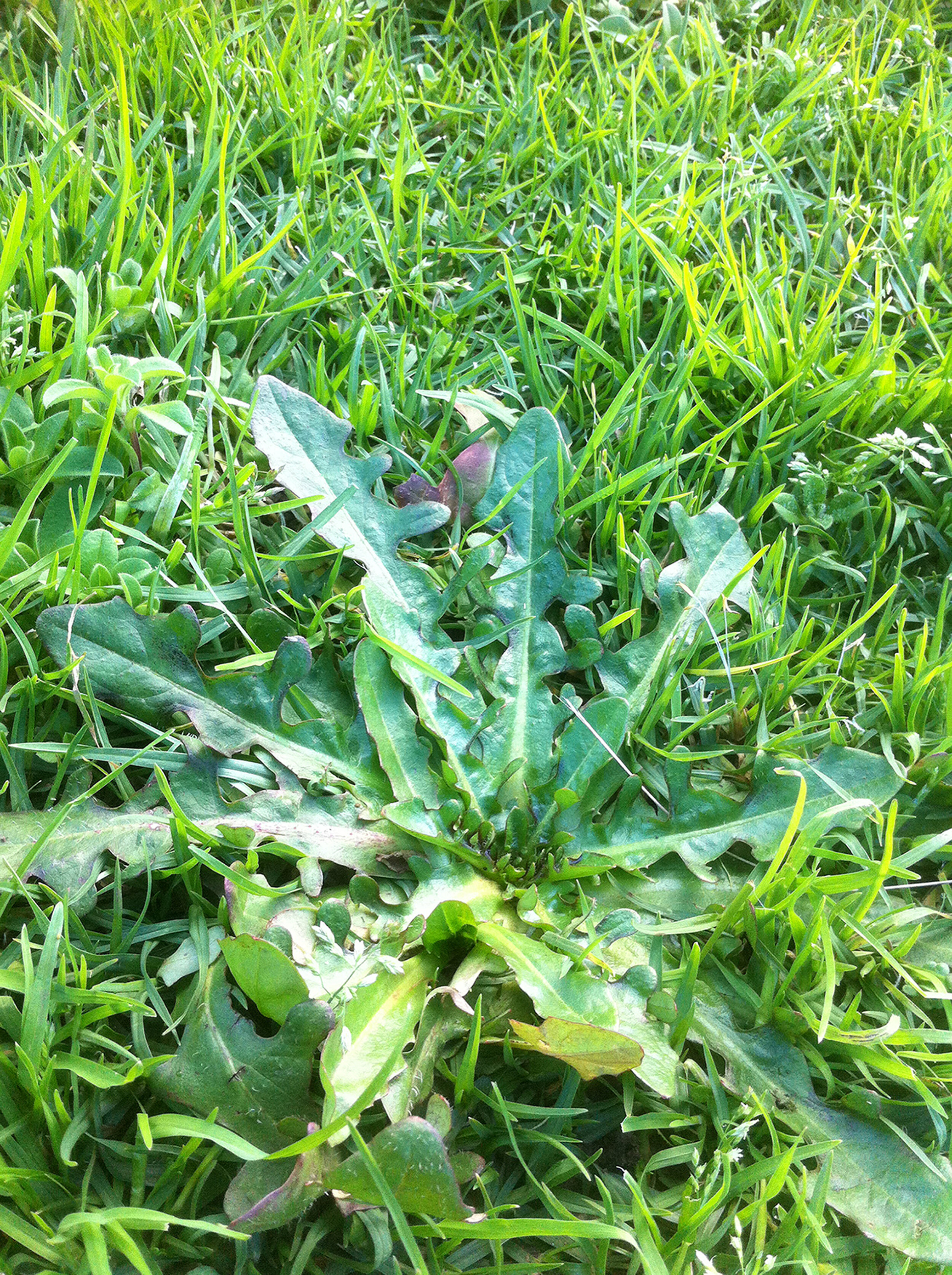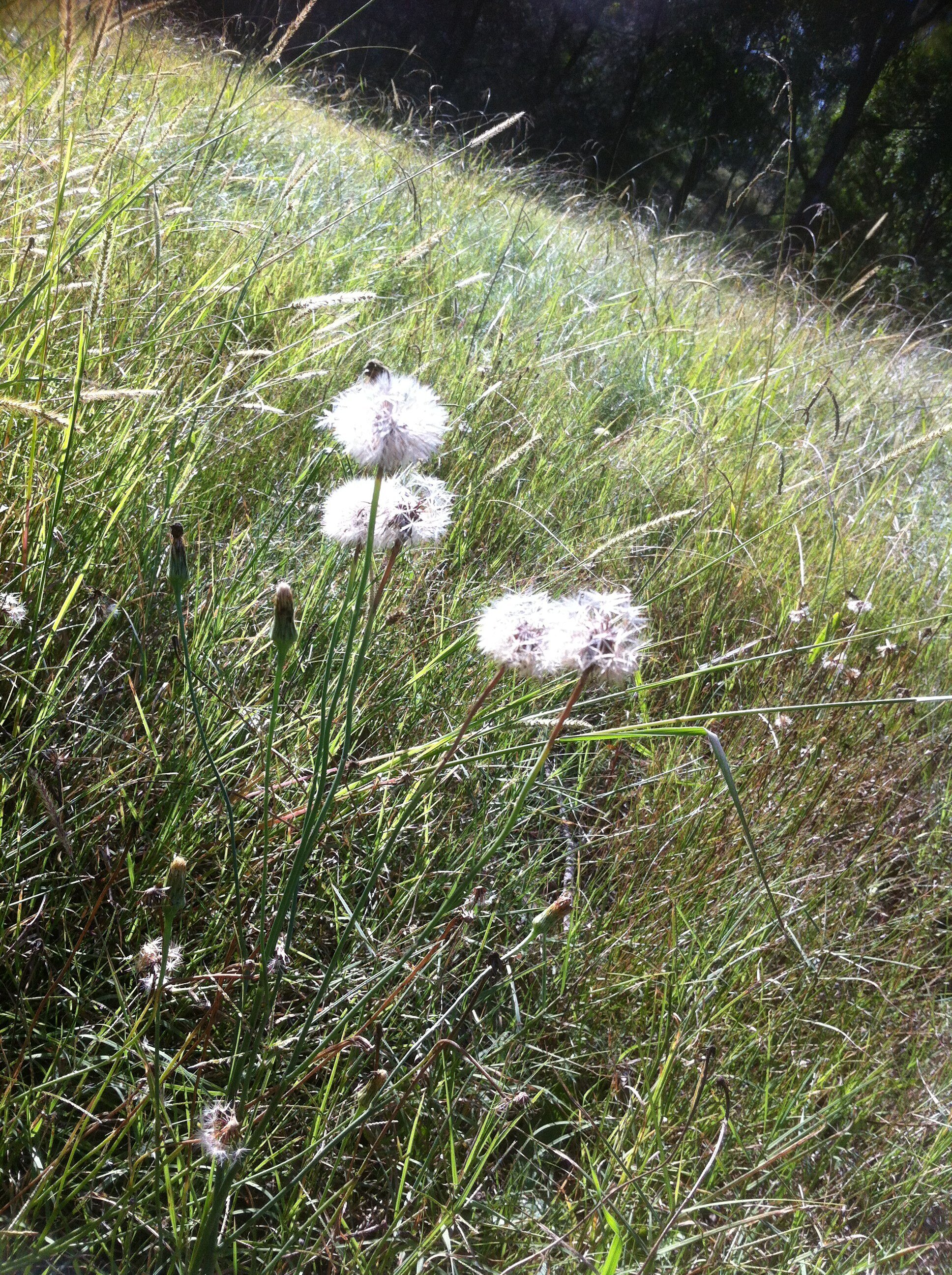
All hail flatweed, the wonderful edible weed. This plant is easy to recognise and grows in abundance from Mackay, Queensland, all the way across in Carnarvon, Western Australia.
There are plenty of weeds that look like flatweed. Good news! They are edible too. If you are new to foraging, flatweed can be a great way to start, as this weed is easy to spot and to use in your recipes.
I know a few elderly Greek people who have front yards filled with flatweed on purpose. They really love this weed and use it all the time as a generic green in a traditional pie called hortopita or spanacopita.

I eat this plant just as often. Whenever I find an attractive sample, I bring it home and cook it in sauces, stir-fries, stews, and vegetable rolls, or serve it raw insalsa verde, a delicious green dip that is a staple of northern Italy’s traditional cuisine. This dip is usually made with parsley, but you can get creative and add flatweed to your recipe. Personally, I either eat it with bread or use it as a marinade.
If you have a lawn, there is no chance you don’t have flatweed.
Many people dismiss it as its hairiness can be off-putting – and often gets a bit battered due to its love of high-traffic locations – but when you find a good looking flatweed you should definitely try it.
Flatweed (Hypochaeris radicata) and cat’s ear(Hypochaerisglabra) are very similar to their relative, the dandelion. All three have a yellow flower made up of dozens of overlapping petals rising from a flat rosette with a central crown. In Australia, we also have another less common variety of flatweed with white flowers calledHypochaeris albiflora,which is mostly found around Brisbane and Sydney.
All of these weeds are edible and all are worth your effort to bring them to your table.
How to identify flatweed
Snapshot
Flatweed and Cat’s ear range in height and size according to conditions, from 10 cm wide to half a meter of overlapping leaves. This weed flowers all year round and its round dented leaves can be easily spotted. Flatweed is naturalised in Australia.
Leaves and stalks

The leaves of flatweed and cat’s ear are club-shaped, with rounded indentations as opposed to the deeply toothed leaf of the dandelion. They are dark green on both sides and can grow up to 30 centimetres long and 5 centimetres wide. Flatweed’s leaves are noticeably hairy while cat’s ear can be less so.
The easiest way to tell the look-alikes apart is to pay attention to the flower stalk. In flatweed and cat’s ear, it is branched and solid. Dandelion’s flower stalks are hollow and never branched, while sowthistle is branched and hollow.
Flowers and seeds
The flowers of flatweed and cat’s ear are typical of the dandelion family. Their flowers are easily identifiable by the cheerful yellow petals that last a few days, closing at night and reopening in the morning – until one day they reappear as a ball of seeds, each with its own white fluffy parachute, ready to be transported by the wind.Hypochaerisalbiflora’sflowers are very similar but white in colour.
Root
Flatweed has a long taproot, at times it can be 30 cm deep. Cat’s ear’s root is more branched and shallower.
Eat Weeds: How to use flatweed in your kitchen

All parts of flatweed are edible; however, the leaves and taproot are most often harvested. The leaves range in flavour from slightly bitter to bland. They can be eaten in raw salads, but there are many ways in which they can be prepared: You can steam flatweed leaves or toss them in a pan with oil and garlic then serve them with lemon and salt. To avoid the stringy texture, it’s suggested to harvest younger leaves as opposed to older ones.
Flowers can be harvested all year round, but you are more likely to come across them in cooler months after the rain. They can be infused in honey for a breakfast treat or coated in flour for colourful fritters. The petals can be used as a garnish for salads and cakes, or they can give a touch of colour in rice-paper rolls.
The root can be used as a delicious and satisfying coffee substitute. You can do so by digging up the root, scrub it, lightly roast it in the oven then grind it and brew to your liking.
If you need more inspiration on how to use these incredibly versatile greens you can head to Forage to Feast where I collaborate with Marnee Fox to ethically source wild foods and bring them to the table.
I do not know of many plants that can be harvested 365 days a year – and that makes this plant one of my most beloved wild veggies.
DISCLAIMER: This information should be used as a guide only. It is not my intention to advise anyone on medical conditions, rather I'm just presenting a new way to look at the plants growing in your yard.
Let me help: if you are unsure about the identity of your plants tag me in a picture or comment below, and I’ll endeavour to help.
This article is one of the many that will be published in an upcoming book: Eat Weeds. Out in March 2022, get ready for it!
Plants, Resource
Guest User
flatweed, hypocho*ris, eatweeds, leran, forage, backyard, food, free, free food, sustainability, self sufficiency, australia, eat, wildfood, wild food
8 Comments







